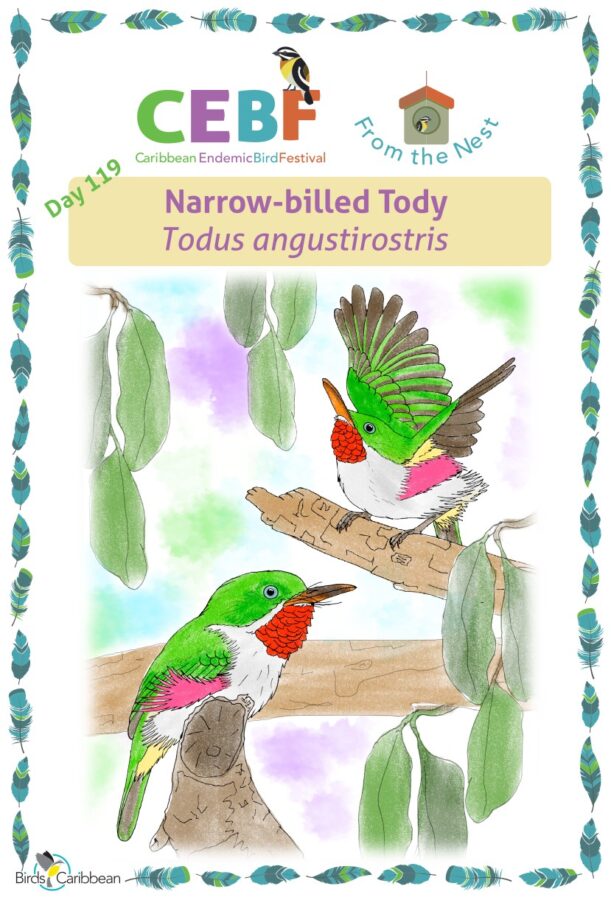Celebrate the Caribbean Endemic Bird Festival (CEBF) with us! Our theme in 2023 is “Water: Sustaining Bird Life,” highlighting the importance of water conservation to both humans and birds. Have fun learning about a new endemic bird every day. We have colouring pages, puzzles, activities, and more. Download for free and enjoy nature with your family at home.
Endemic Bird of the Day: Narrow-billed Tody
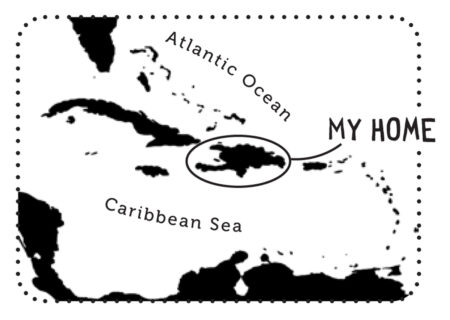 If you’re thinking the Narrow-billed Tody must be the counterpart of the Broad-billed Tody – you’d be right. Hispaniola (shared by Haiti and the Dominican Republic) is the only island with TWO todies and the only island where the todies are not named after their locale. These two todies indeed differ in bill width. They also separate altitudinally. The Broad-billed Tody is found in the lowland broadleaf forests while the Narrow-billed Tody (Todus angustirostris) inhabits the high-elevation cloud and pine forests.
If you’re thinking the Narrow-billed Tody must be the counterpart of the Broad-billed Tody – you’d be right. Hispaniola (shared by Haiti and the Dominican Republic) is the only island with TWO todies and the only island where the todies are not named after their locale. These two todies indeed differ in bill width. They also separate altitudinally. The Broad-billed Tody is found in the lowland broadleaf forests while the Narrow-billed Tody (Todus angustirostris) inhabits the high-elevation cloud and pine forests.
Todies, the charismatic faces of the Caribbean, are small green birds with a bright red throat and paler chest. Though similar in coloration to hummingbirds, they are actually more related to kingfishers and motmots. Todies comprise 5 species spread across 4 of the Greater Antilles and are completely endemic to the Caribbean!
Besides the narrower bill, how can we distinguish the Narrow-billed Tody? First, check the eye color. Narrow-billed Todies have pale, typically blue eyes rather than the dark brown eyes of Broad-billed Todies. Next, check the breast color, Narrow-billed Todies will have a stark white breast, allowing their yellow and pink side feathers to really pop.
In contrast, the Broad-billed Tody has a much streakier yellow-pinkish breast. Finally check the bill. While Narrow-billed Todies do in fact have a narrower bill, the underside of the bill will typically be much darker. And if you really pay close attention, you might even notice that the Broad-billed Tody is overall a much brighter green than the darker, more forest-green of the Narrow-billed Tody.
The Narrow-billed Tody is locally known as the Chi-cui, named after its raspy, insect-like vocalization. They can often be heard making this chi-cui sound or a faster lazer call. But unlike the Broad-billed Tody which can make a nonvocal wing noise that sounds similar to running your fingers through a comb, Narrow-billed Todies do not appear to sport this ability.
These tiny green birds, weighing in at about 5-6 grams, have a voracious appetite and are seen in a near constant state of foraging. They’ll devour anything- from gooey caterpillars to butterflies, and have even been observed munching on 18 different species of fruits! And with their tiny size they’ve even been found choosing smaller fruits compared to some of Hispaniola’s other avian frugivores.
Like the other Caribbean todies, Narrow-billed Todies will dig their own nest burrow in any dirt bank they can find. Unlike Broad-billed Todies, however, which can be found nesting in your local neighborhood, Narrow-billed Todies are a bit pickier and prefer to nest deeper in the woods. In the Cordillera Central of the Dominican Republic, these tiny todies actually make an elevational migration related to their breeding season. In April, right as they start to get ready for breeding, they’ll move upwards in elevation, being found no lower than 1,000m. But after the breeding season ends, usually July-August, they beeline back down the mountain and can be found as low as 650m during the rest of the year!
Similar to other Caribbean birds that live in forests, the Narrow-billed Tody is rapidly losing habitat, especially to growing agricultural activities like cattle ranching and coffee farms. Climate change has already pushed the two todies closer together—they can now be found breeding in overlap zones around 900m in the Cordillera Central and around 1,200m in the Sierra de Bahoruco of the Dominican Republic. There are even rumors of the first likely hybridization between the two species!
We must all work together to ensure that our Caribbean forests are protected – they provide a home for todies and other wildlife and vital ecosystem services to people. Learn more about this species, including its range, photos, and calls here.
Thanks to Holly Garrod for the text!
Colour in the Narrow-billed Tody
Download our West Indies Endemic Bird colouring page. Use the photos below as your guide, or you can look up pictures of the bird online or in a bird field guide if you have one. Share your coloured-in page with us by posting it online and tagging us @BirdsCaribbean #CEBFfromthenest
Listen to the song of the Narrow-billed Tody
The song of the Narrow-billed Tody is a buzzy chattering which is repeated at intervals.
Puzzle of the Day
Click on the image below to do the puzzle. You can make the puzzle as easy or as hard as you like – for example, 6, 8, or 12 pieces for young children, all the way up to 1,024 pieces for those that are up for a challenge!
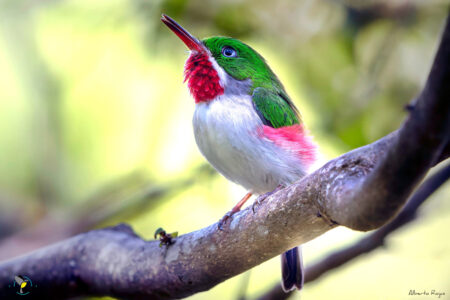
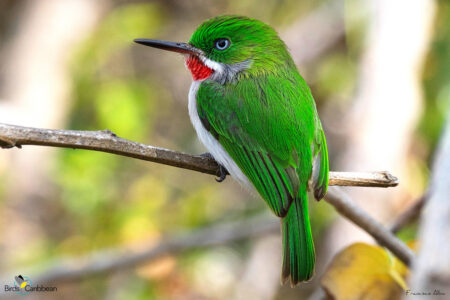
Activity of the Day
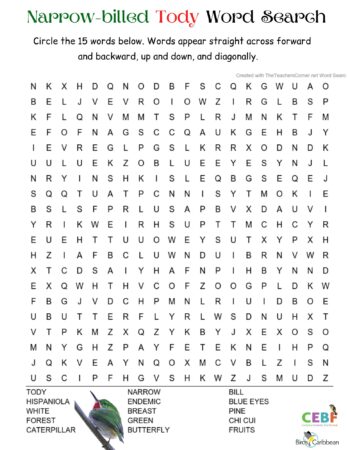 FOR KIDS: Can you find the words in our Narrow-billed Tody word search? Remind yourself of some of the interesting facts about this endemic bird as you look for all 15 hidden words!
FOR KIDS: Can you find the words in our Narrow-billed Tody word search? Remind yourself of some of the interesting facts about this endemic bird as you look for all 15 hidden words!
Remember the words may appear forwards and backwards, as well as horizontal, vertical and diagonal! Need some help? Or want to check your answers? You can see where all the words were here.
FOR KIDS AND ADULTS: Enjoy this video of a Narrow-billed Tody preening!
The Narrow-billed Tody was one of the beautiful birds , found in the Dominican Republic, that were seen by the participants of Landbird Monitoring Training Workshop. This workshop was held at the in the hills of central Dominican Republic during 2022 as part of our Caribbean Landbird Monitoring Program. Wildlife professionals from 16 countries had the opportunity to get together in person and learn to address the challenges of identifying, counting, and tracking our fascinating landbirds – in a variety of beautiful habitats. Find out what it was like taking part from participant Daniela Ventura.

